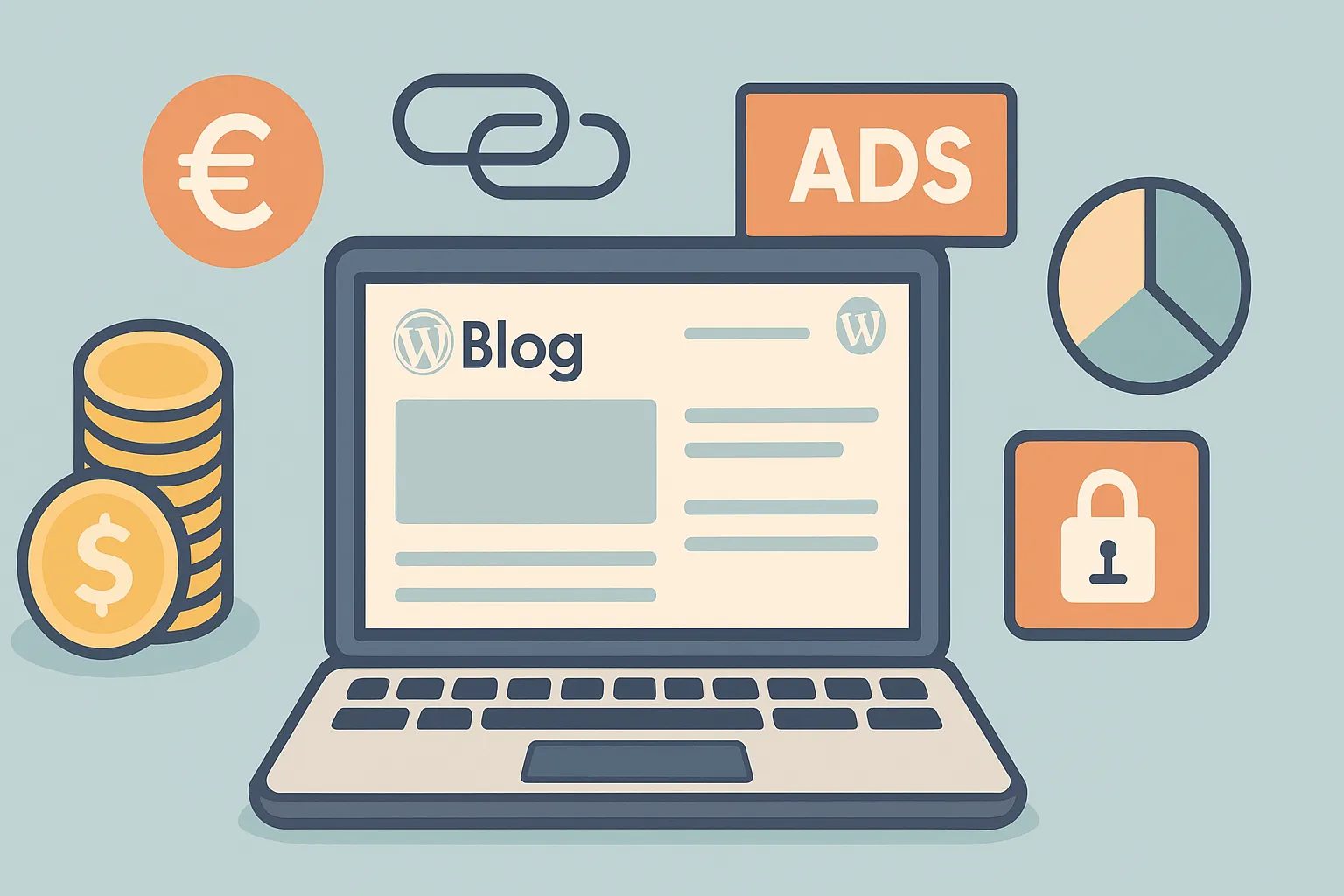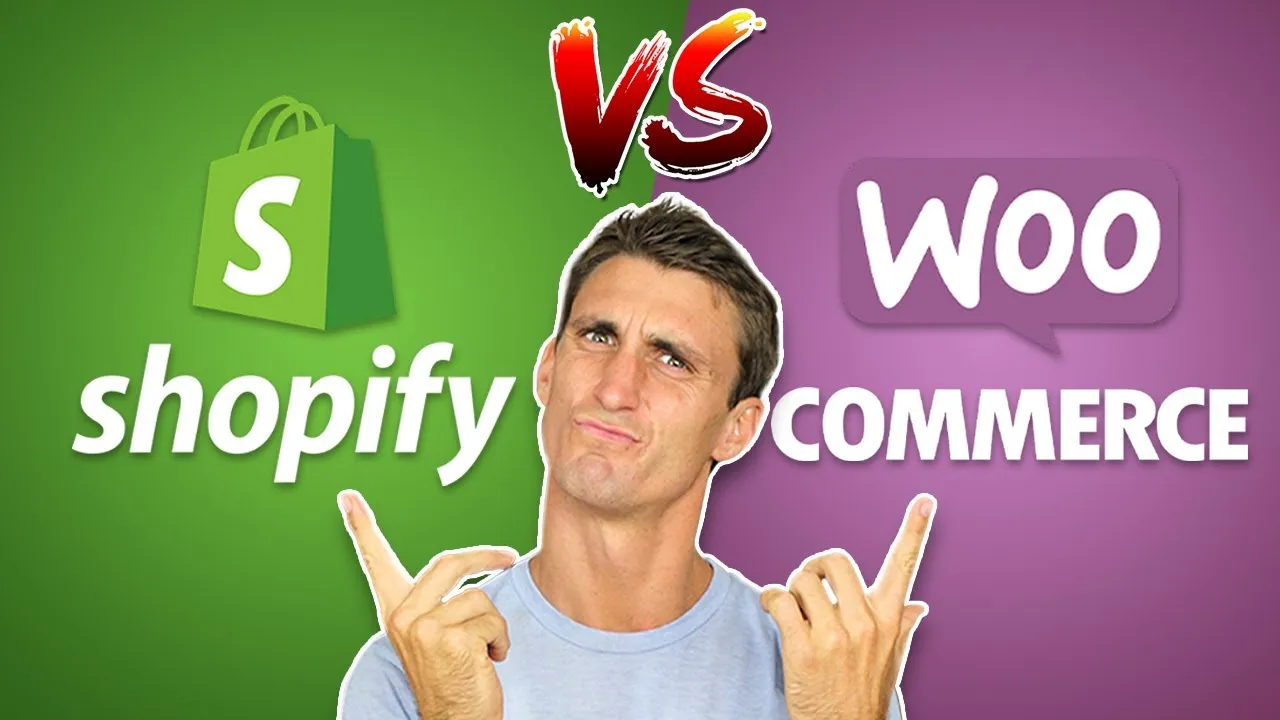Monetising a blog has become both more accessible and more competitive. You've created quality content, built a loyal audience and optimised your site for SEO. Now it's a question of turning these efforts into sustainable revenue. In this article, you will discover economic models proven and effective strategies to make your blog profitable. In this way, you can turn your platform into a genuine growth lever, by taking advantage of technological advances and reader expectations.

Monetising a blog
For good Monetising a blogThe first step is to understand the different revenue levers that exist. Below you will find the main mechanisms, adapted to a 2025 context where AI, personalisation and the demand for exclusive content dominate the digital landscape.
1. Contextual advertising and display advertising
La advertising remains a pillar of monetisation. There are several options available to you:
- Advertising networks integrating banners via a network such as Google AdSense or more remunerative alternatives (e.g. Mediavine, AdThrive). In 2024, Mediavine offered an average RPM (revenue per thousand impressions) of 25 $ for niche blogs, compared with 10 $ for AdSense. By optimising your sites, you can increase this figure.
- Programmatic advertising Thanks to AI and machine learning, you can target visitors with more relevant ads. This improves the click-through rate (CTR) and the value of each impression.
- Sponsored placement offer brands the opportunity to insert a sponsored article or advertising inserts directly in your content. If done properly, this approach can earn between €200 and €1,500 per article, depending on your traffic and authority.
To maximise your advertising revenue, you need to monitor your traffic analysis on an ongoing basis. Identify high-potential pages (evergreen pages or viral articles). Carry out A/B tests to choose the ideal placement for your banners. Don't forget that the user experience is paramount: don't overload your pages with adverts or your readers will go away.
2. Affiliate marketing
Le affiliate marketing is one of the most popular models for Monetising a blog. You recommend products or services, and earn a commission for each sale generated via your affiliate link. The key steps :
- Select affiliate programmes tailored to your niche (tech, health, finance, etc.). You can choose platforms such as Amazon Partners, Awin, Rakuten Marketing or direct programmes offered by software publishers.
- Create content with high added value: tests, comparisons, tutorials or buying guides. For example, an article entitled Comparison of the best graphic design software in 2025 will be able to integrate several affiliated recommendations.
- Optimise your articles for SEO. Transactional keywords (e.g. "buy software X cheap") generate more qualified traffic and increase your chances of conversion.
- Set up accurate tracking of clicks and sales, via your affiliate dashboard or third-party tools. An average conversion rate is around 2 % to 5 % for a well-targeted audience. In 2023, affiliation represented more than 15 % of revenue for content creators on platforms such as Awin.
Tip: don't just focus on the volume of clicks. Try to build a relationship of trust with your readers by personally testing the recommended products. Your articles will gain in credibility, and your conversion rate will improve.
3. Premium content and subscriptions
In the face of the proliferation of free information, offering a premium content is becoming an attractive strategy for Monetising a blog. You can consider the following formats :
- Monthly subscription via a subscription platform integrated into WordPress or a third-party system such as Patreon or Substack. By 2025, more than 30 % of content creators will derive a significant proportion of their revenue from subscriptions.
- Online courses and webinars If your expertise allows it, suggest a video course or an online workshop. A fee of €50 to €200 per session can be justified by the added value provided.
- Ebooks and reports Write a complete guide on a specific subject (e.g. "Advanced SEO Optimisation for 2025") and sell it for between €15 and €40. As the marginal cost of reproduction is zero, each additional sale is almost a profit.
- Private community Setting up a forum or Discord area reserved for subscribers. You can share exclusive resources, organise question-and-answer sessions and create a sense of belonging. For as little as €5 a month, you can build a loyal core group and secure a recurring income.
To succeed, take care in promoting your offer. Highlight testimonials and tangible benefits (time savings, accelerated learning). Offer a one-month trial or a preferential rate for the first subscribers. All this helps to reassure your audience and justify the perceived value.

4. Sale of products and services
In addition to digital content, you can develop products or services that you sell directly from your blog. Some of the most profitable ideas :
- Consulting or coaching If you are an expert in a particular field (digital marketing, web development, health), you can offer sessions on personalised coaching. The average rate is between €50 and €200 an hour, or even more depending on your reputation.
- Technical services site design under WordPressSEO optimisation, advertising campaign management. These services can be invoiced at between €500 and several thousand euros, depending on the scale of the project. So you can earn extra income while consolidating your expertise.
- Templates and themes create WordPress themes or landing page templates. Sell them on your platform or on specialist marketplaces (ThemeForest, TemplateMonster). A premium theme generally sells for between €40 and €100.
- Online tools : develop a web application or a small SaaS to meet a specific need (for example, an interactive diagram generator or a task management plugin for freelancers). You can offer a freemium model, with a monthly subscription for advanced features.
The advantage of selling services or products is that you create a direct link with your customers. You remain in control of your pricing and the quality delivered. However, remember to structure your offer carefully: clearly describe the functionalitiesdelivery times and support conditions.
5. Sponsorship and partnerships
Le sponsoring remains a classic method for Monetising a blogespecially if you have a qualified audience in a specific niche. You can :
- Offering spaces dedicated to sponsored articles or partner newsletter. Depending on your monthly traffic, a sponsored post can be negotiated at between €300 and €1,000 minimum.
- Working with brands to develop thematic guidesand case studies or sponsored video formats. Advertisers' budgets will increase by an average of 20 % between 2022 and 2024 for native content.
- Organising co-branded webinars or online events where a partner finances the promotion and the guest. You receive a percentage of registrations or a fixed fee.
To ensure that these actions are relevant, make sure you select partners whose offer complements and enriches your editorial line. Poorly targeted sponsorship can damage your image and lose the confidence of your readers.
6. Donations and sponsorship
Some blogs focus on the generosity of their audience for Monetising a blog. Methods include :
- Integrate a button donation via PayPal or Tipeee. In 2023, the average amount raised was €150 per month for a highly committed niche blog.
- Propose a programme of sponsorship you publish a quarterly report on the use of funds and offer exclusive thanks (mention in the footer, privileged access to content).
- Showcasing the model Freemium+Donation Basic content remains free, but a call for contributions appears for those who wish to support your work. The average contribution rate is around 2 % of your regular traffic.
This model is based above all on the quality of the link you have built up with your audience. If your readers see your blog as a reliable and inspiring source, they will be more inclined to support you financially.

7. Technical and SEO optimisation
For your monetisation efforts to bear fruit, the technical aspect of your site must not be neglected. Here are a few key points:
- Performance In 2025, Google is placing ever greater emphasis on speed. A load time of less than 2 seconds is imperative to reduce your bounce rate and improve your ranking.
- Mobile version More than 60 % of web traffic comes from mobile devices. Your theme WordPress must be fully responsive, and your ads or paid elements must not degrade the experience.
- SEO strategy Focus on long-tail keywords that are less competitive but have a high purchase intent. For example, "best WordPress affiliate plugin 2025" or "how to create a step-by-step online course".
- Traffic analysis Use tools such as Google Analytics 4 or privacy-friendly alternatives (e.g. Matomo) to accurately track the origin of visits, user behaviour and conversion rates. This data will help you to adjust your offers and advertising placements.
By technically optimising your blog, you can boost your SEO performance and improve the effectiveness of your monetisation tools.
Conclusion for monetising a blog in 2025
All in all, Monetising a blog in 2025 is to diversify your sources of income. You can combine advertising, affiliation, premium content, sale of products/services, sponsoring and donations. To succeed, adopt a user-centred approach: offer added value, cultivate trust and continuously optimise the experience. Track your key metrics (traffic, conversion rate, RPM, engagement rate) and adjust your strategy over time.
Remember that every blog is unique: adapt these models to your audience, your niche and your technical resources. In 2025, AI-based tools will make it easier to analyse data and create personalised content. Take advantage of these advances to stay competitive. Finally, bear in mind that Monetising a blog is not a sprint but a marathon: gradual and sincere growth will guarantee sustainable income and a committed audience.









